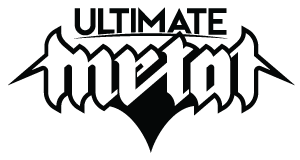Normally the authoring system used will allow an ISRC to be associated with each track. Where this
is not the case, the International ISRC Agency is able to approach manufacturers of such systems to
promote the benefits for all parties of including ISRC capability. In the meanwhile, however, ISRCs
should be assigned although the authoring system may not permit an ISRC to be associated with the
track.
As new formats emerge, the International ISRC Agency will work with the industries concerned to
ensure that ISRC can be accommodated on them.
3.7.1 Compact Disc
In the case of Compact Discs the ISRCs and other PQ-data are encoded in the disc subcode (Q
channel) in the disc mastering process. For this reason, ISRCs must be encoded for each track in the
Pre-Master for CD. The ISRC codes, together with the Digital Copy Prohibited flag (if appropriate),
and the relevant point of sale code, such as EAN/UPC should be inserted on the Pre-Master during
the pre-mastering process from the original Master.



